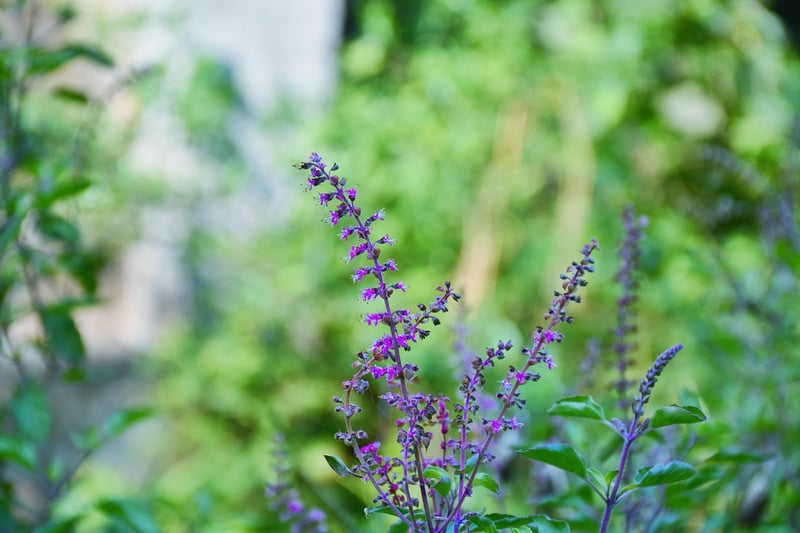Companion Plants
Protect Your Garden with Companion Plants
Having a garden is a wonderful way to connect with nature and enjoy fresh produce at your fingertips. However, gardens are vulnerable to pests and diseases that can wreak havoc on your plants. One natural and effective way to protect your garden is by utilizing companion planting. Companion planting involves growing certain plants together to benefit each other in various ways, such as repelling pests, attracting beneficial insects, and enhancing growth.
Benefits of Companion Plants
Companion plants offer several advantages for your garden:
- Repel pests naturally
- Attract beneficial insects like pollinators
- Improve soil health
- Maximize space utilization
- Enhance flavor and growth of neighboring plants
Popular Companion Plants
Here are some popular companion plants and their benefits:
1. Marigolds

Marigolds are known for their ability to repel nematodes, beetles, and other pests due to their strong scent. Plant them around tomatoes, peppers, and eggplants for protection.
2. Basil

Basil repels mosquitoes, flies, and aphids while enhancing the flavor and growth of tomatoes and peppers. It also attracts pollinators like bees.
3. Nasturtiums

Nasturtiums act as a trap crop, luring aphids away from other plants. They also deter cucumber beetles and squash bugs.
Get Started with Companion Plants
Integrating companion plants into your garden is simple. Research the specific needs and benefits of each plant to create an optimal planting scheme. Consider factors like sunlight, soil, and spacing when arranging your companion plants.
By harnessing the power of companion planting, you can protect your garden in a natural and sustainable way while promoting a thriving ecosystem. Embrace the beauty and benefits of companion plants in your garden today!
References: University of Minnesota Extension
